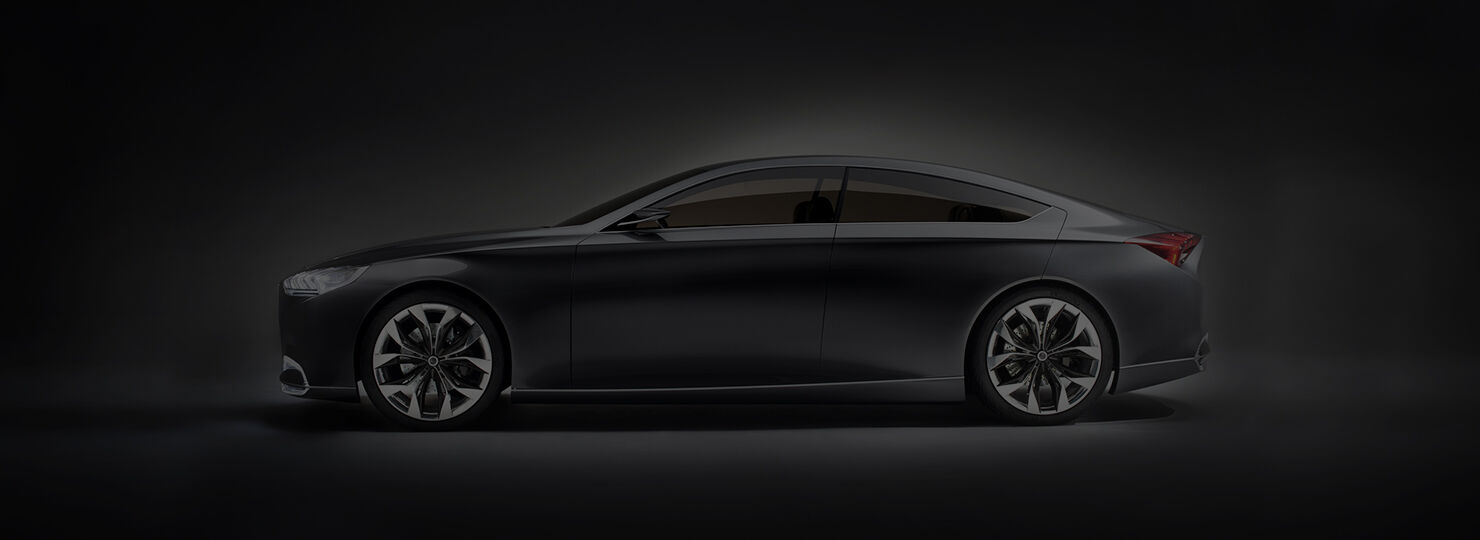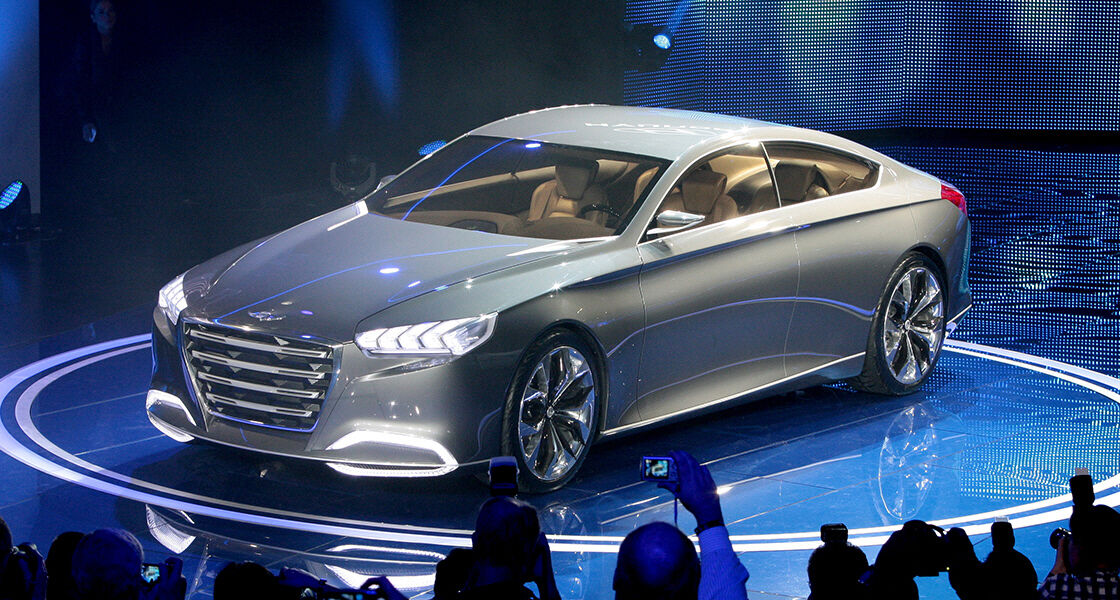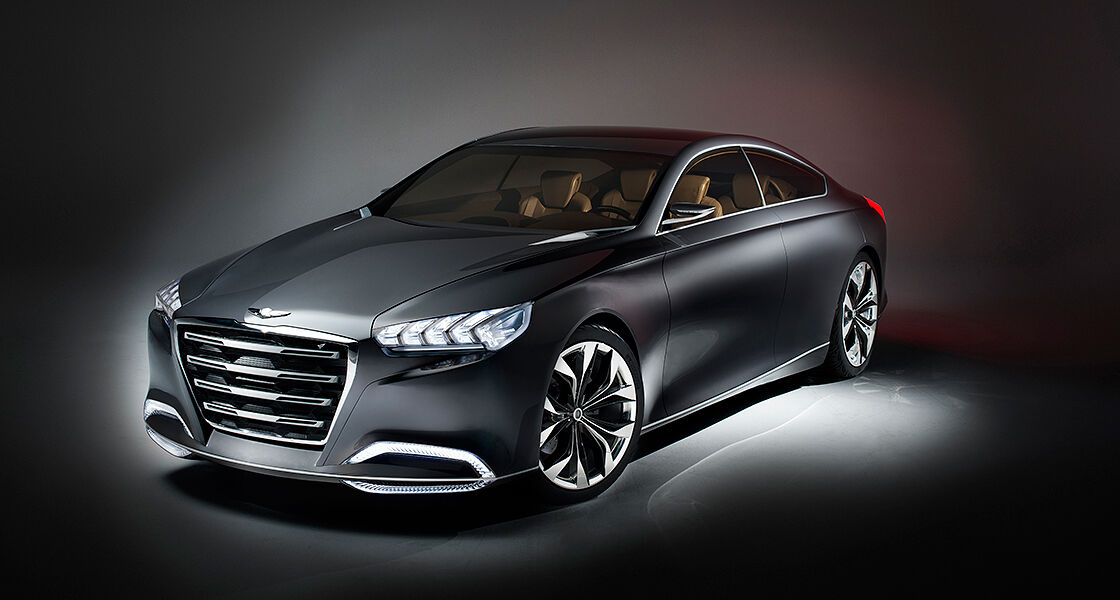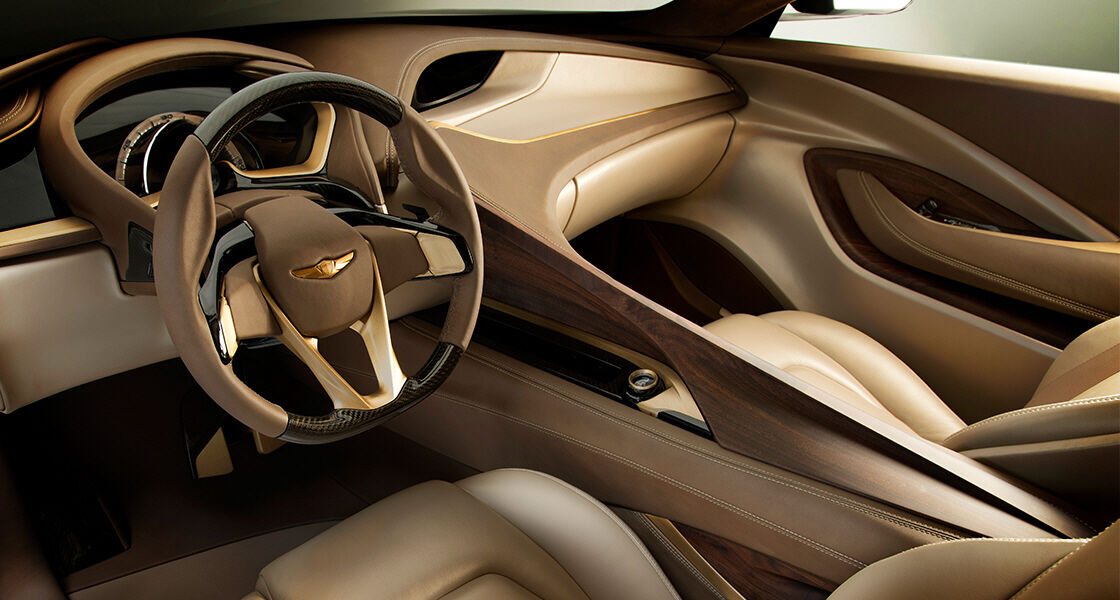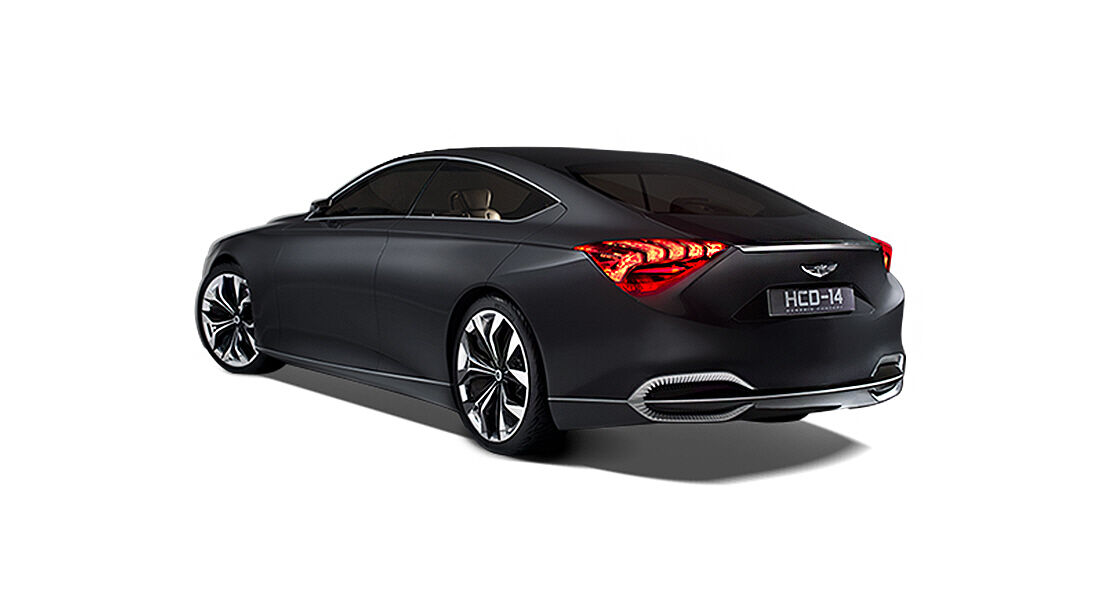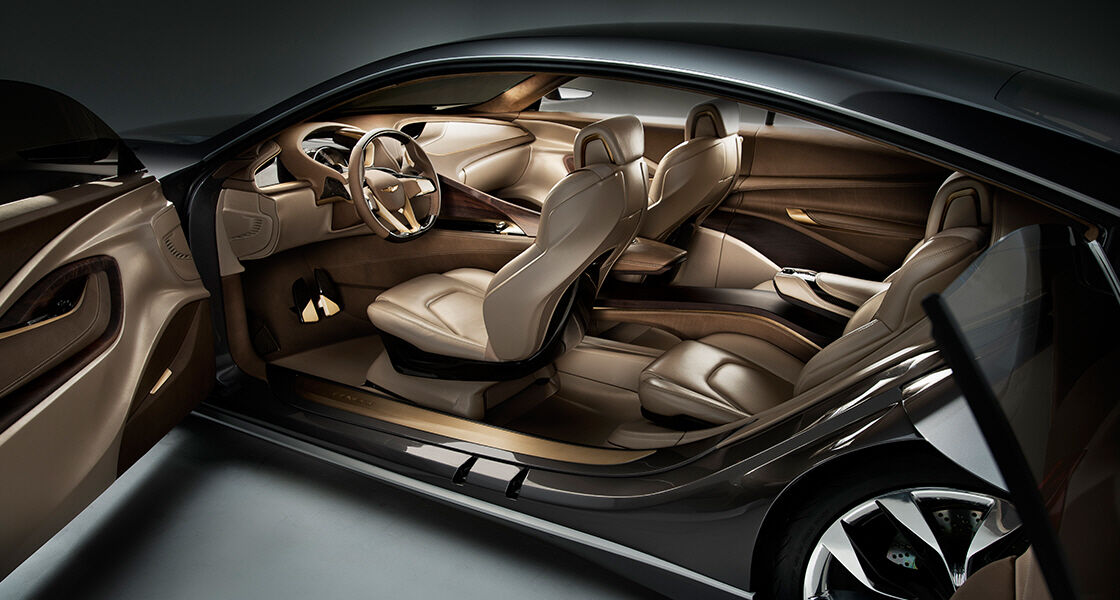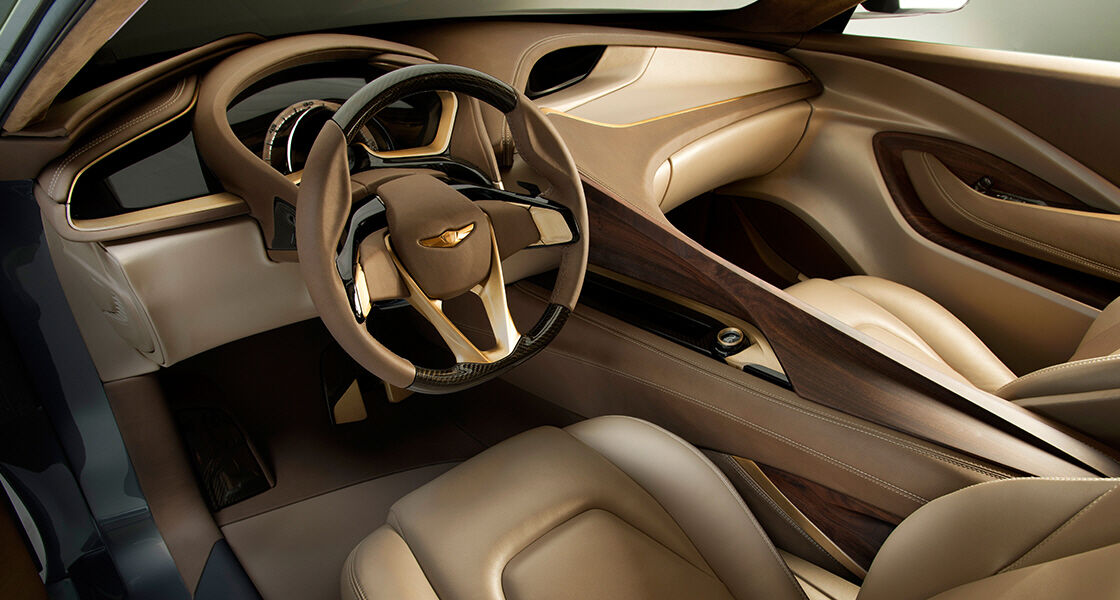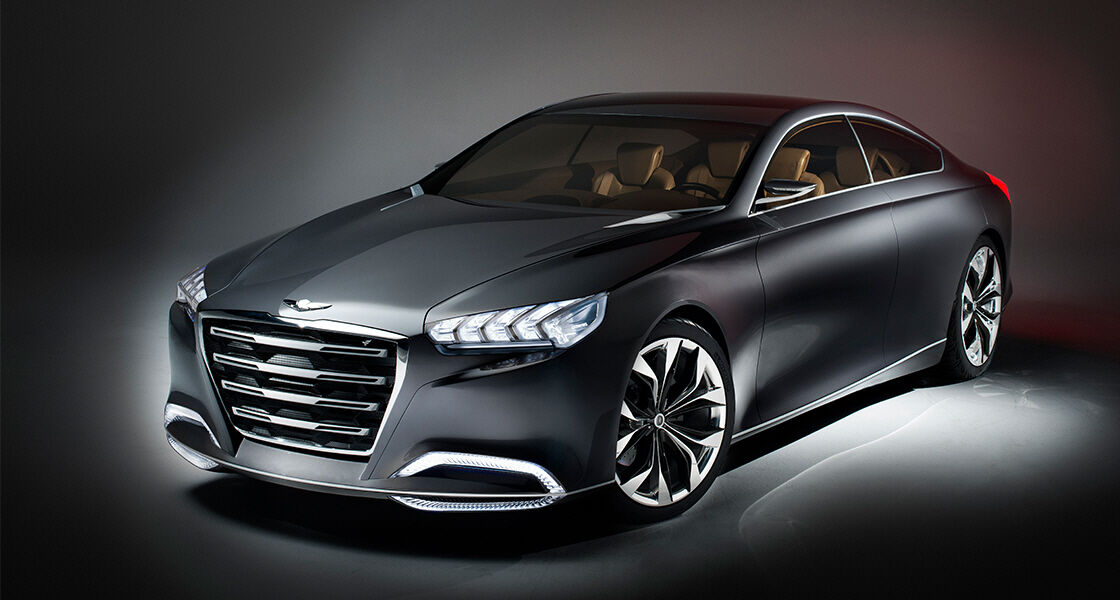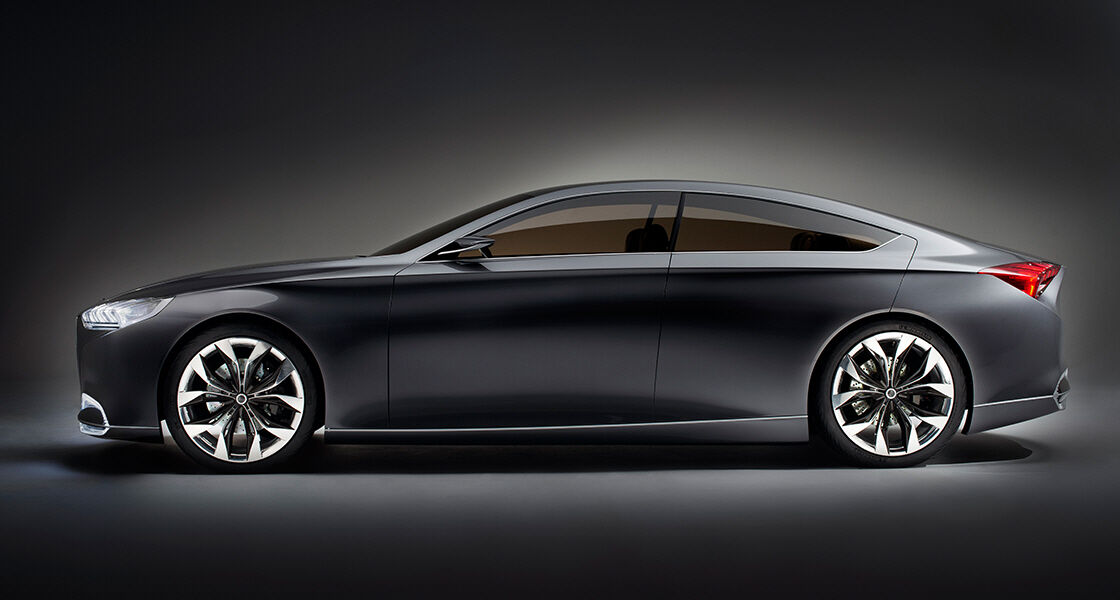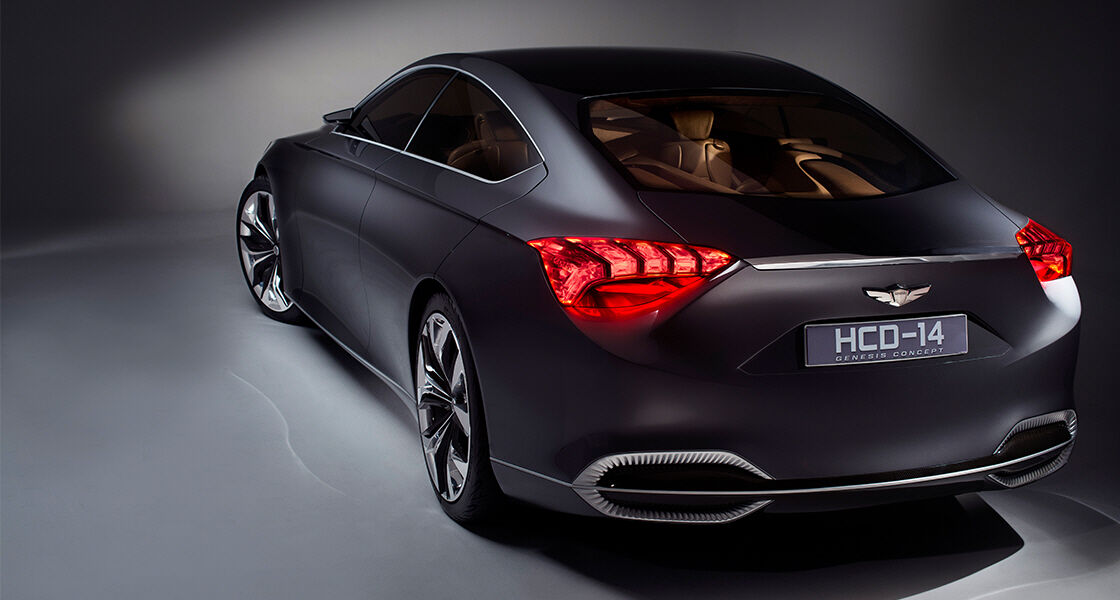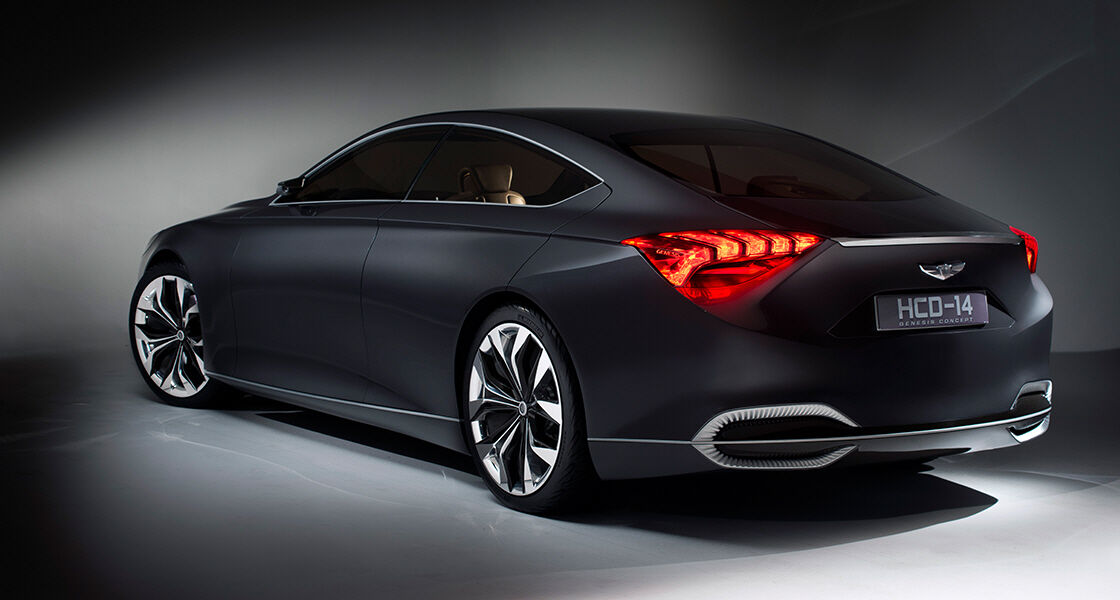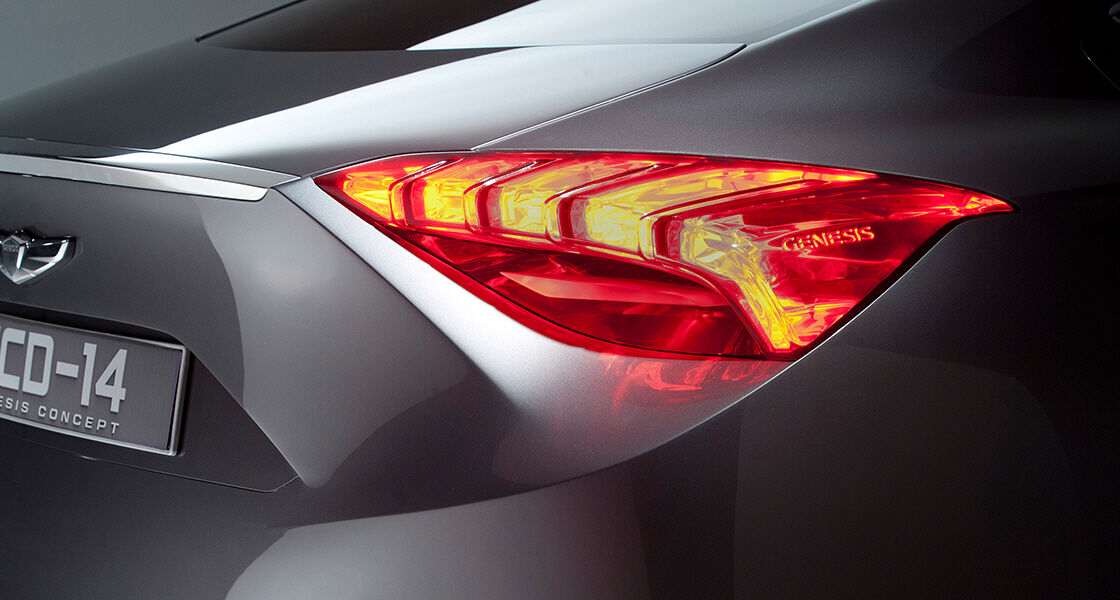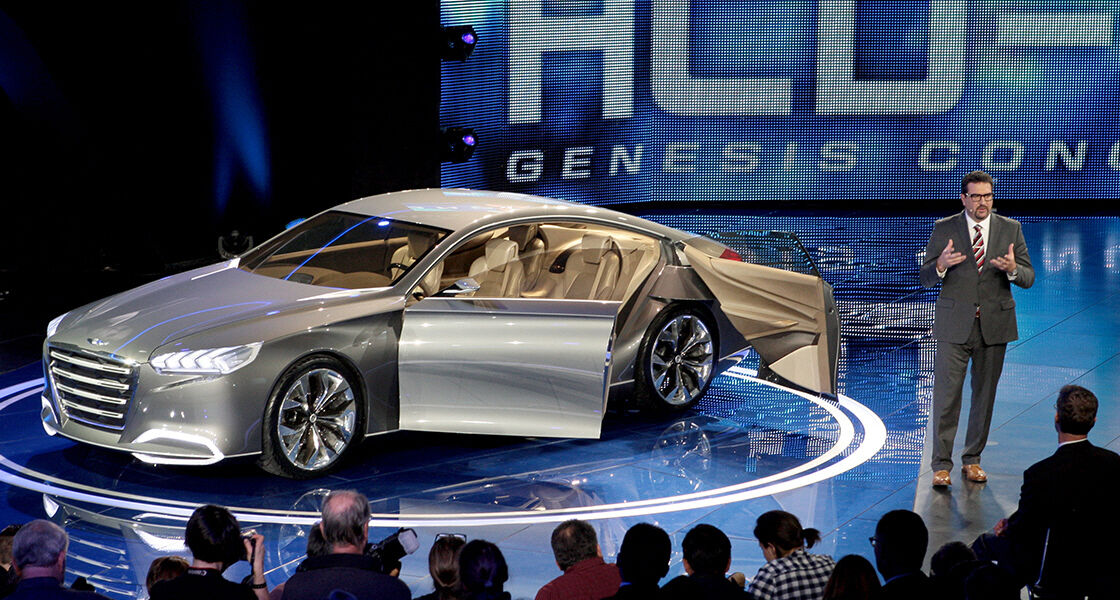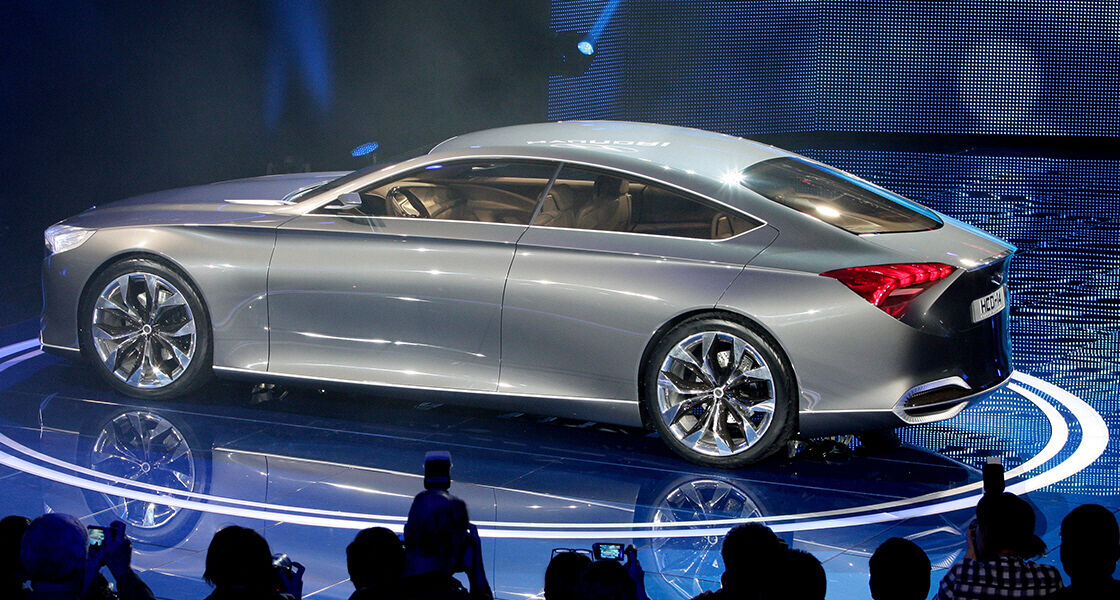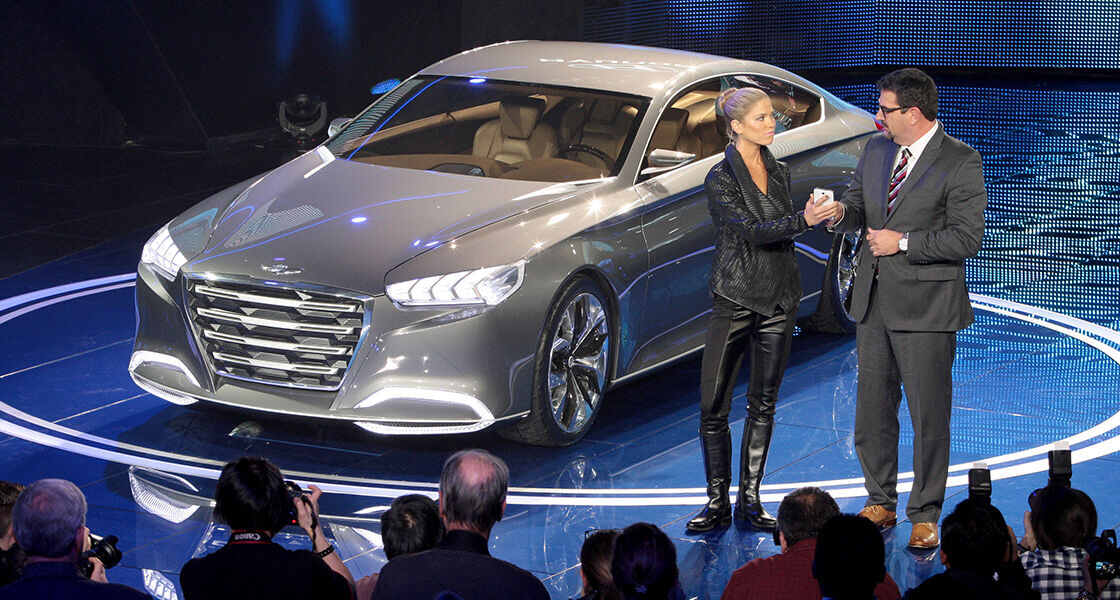Hyundai also exhibited its first PHEV system at the show. Based on a mid-sized sedan concept, the PHEV showcased Hyundai’s latest technological developments. Hyundai aims for mass production of PHEV based on this system.
Powered by 2.0 GDi engine, the next-generation PHEV runs 32 km on a single charge in all-electric mode, and when the battery power falls to a certain level, it automatically switches to hybrid mode, enabling longer driving distances. The battery can be fully charged at home in about three hours.
"Plug-in Hybrid Electric Vehicles will surprise drivers with its economic driving experience. A bigger battery allows for longer driving ranges in the electric-mode, while the automatic switch to hybrid mode when battery is low eliminates the range anxiety that has plagued electric vehicles," said Ki-Sang Lee, Head of Hyundai Motor’s Eco Friendly Vehicle R&D Center. "To flexibly respond to government policies and market demands, Hyundai is studying and investing in a wide range of eco-friendly technologies such as the PHEV, Hybrid Electric Vehicles (HEV), Electric Vehicles (EV) and Fuel Cell Electric Vehicles (FCEV). Hyundai will continue to take the lead in the future of eco-friendly technology.”
Hyundai Worldwide Global Navigation
- Go to Global Distributors page
- KR
-
SearchRecommended search terms
